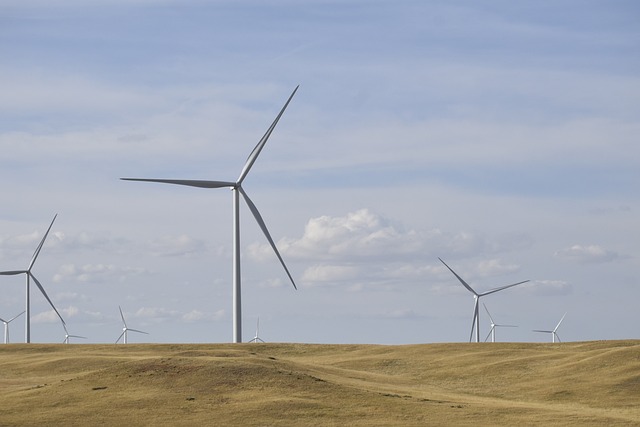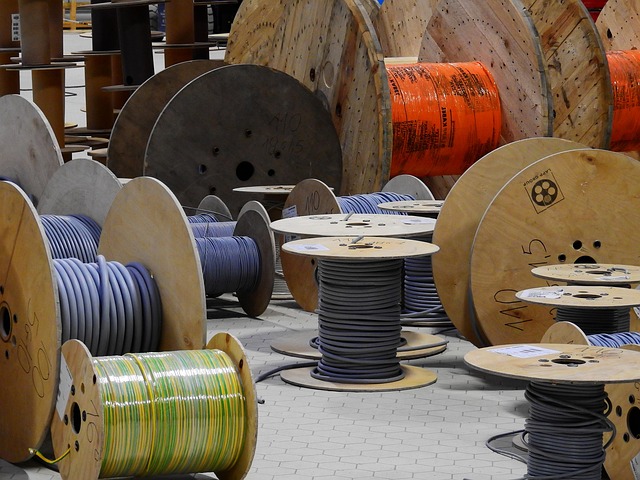Decentralized Energy Distribution: Powering a Sustainable Future
As concerns over climate change and fossil fuel dependency continue to rise, the world is searching for innovative solutions to power our communities sustainably. One of the most promising approaches is decentralized energy distribution. This method not only offers a pathway to a cleaner energy future but also empowers individuals and communities to take control of their energy needs.
The Shift to Decentralization
Traditionally, energy distribution has been centralized, relying on large power plants that generate electricity and transmit it over long distances. This model has its limitations, contributing to energy inefficiencies and increased carbon emissions. In contrast, decentralized energy distribution focuses on local energy generation sources, such as solar panels, wind turbines, and even biomass. By harnessing local resources, communities can produce and manage their own energy more effectively.
Advantages of Decentralized Energy Distribution
- Resilience: Decentralized systems are inherently more resilient to disruptions caused by natural disasters or technical failures. When energy is generated locally, the dependency on a single source and lengthy transmission lines is reduced, leading to faster recovery and sustained energy availability.
- Environmental Impact: By utilizing renewable energy sources like solar and wind, decentralized energy distribution significantly lowers greenhouse gas emissions. This transition not only helps combat climate change but also promotes a cleaner, healthier environment.
- Cost-Effectiveness: With advancements in technology, the cost of renewable energy infrastructure has decreased dramatically. Communities can reduce their long-term energy expenses by investing in decentralized systems and utilizing local energy, minimizing transportation costs and reliance on fossil fuels.
- Empowerment: Decentralized energy systems put the power back into the hands of individuals and communities. By allowing consumers to control their energy production and consumption, they can actively participate in the transition to sustainable living.
Community Initiatives Leading the Charge
Across the globe, numerous communities are implementing decentralized energy models. For instance, microgrids have emerged as effective solutions, allowing neighborhoods to operate independently of the main grid. These systems not only enhance energy security but also foster community engagement around shared energy goals.
Moreover, cooperative models have sprung up, enabling citizens to invest in renewable energy projects collectively. This not only democratizes energy ownership but also ensures that the economic benefits of renewable energy stay within the community. People are forming cooperatives that prioritize local economic growth while reducing their carbon footprint.
Challenges Ahead
Despite the clear advantages, the transition to decentralized energy distribution is not without its challenges. Regulatory frameworks often lag behind the technology, hindering the widespread adoption of decentralized systems. There is also a need for substantial investment in infrastructure and educational initiatives to raise awareness about the benefits and functionalities of these systems.
Yet, with persistent advocacy and innovation, we can overcome these obstacles. As communities continue to embrace decentralized energy solutions, they pave the way for a more sustainable, equitable, and resilient energy future.




